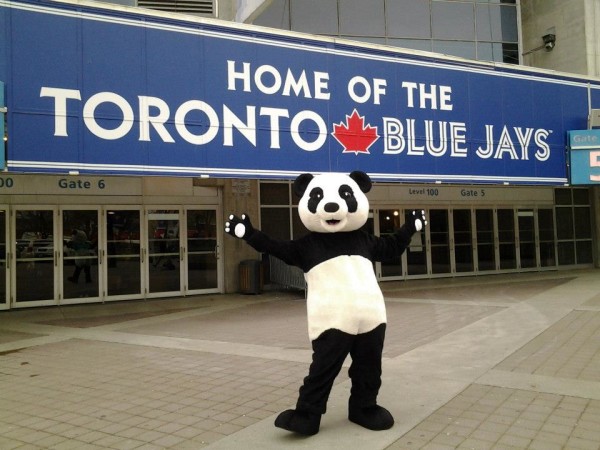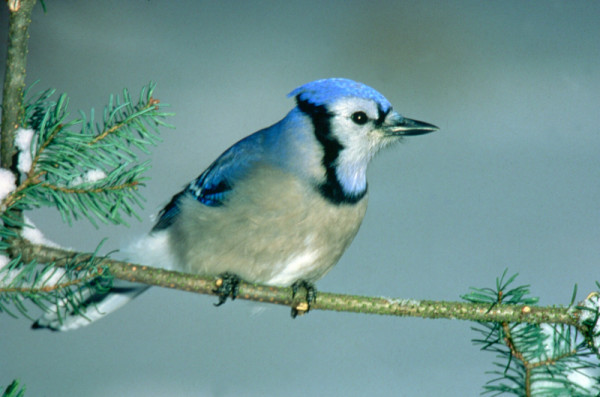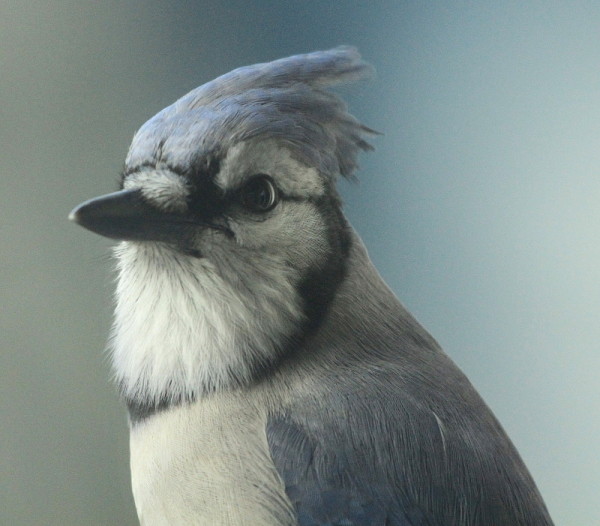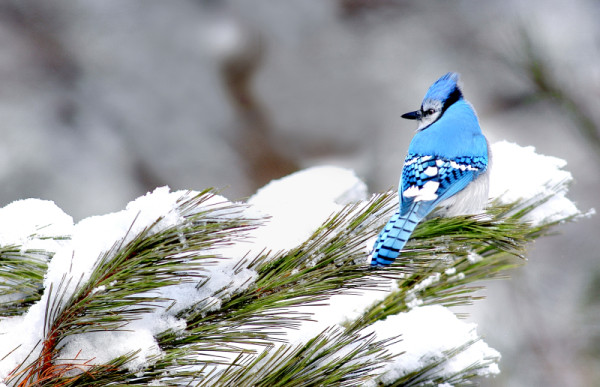Nine facts that keep blue jays soaring
Here at WWF we love blue jays – both the birds, and the team!
To celebrate the start of the playoffs, we thought we’d share nine bird facts (one for each inning) to show why there is no better mascot in baseball!

1) Tight Bonds!
Blue jays have tight family bonds. They are known to be monogamous and mate for life. These tight bonds are mimicked between the baseball team and their loyal fans.
2) Stealing!
While Blue Jays are widely known for stealing the bases of other teams, it is not common for blue jays to steal and consume the eggs of other birds. Evidence of eggs are found in only 1 per cent of blue jays whose stomach contents are examined.

3) Comebacks!
This bird species is particularly susceptible to the West Nile Virus and was hard hit in North America in the early 2000s. The blue jay has since made a comeback — just like their MLB counterparts — and their population sizes are no longer of concern. (Go Jays Go!)
4) True Colours!
Blue jays are not actually blue – the colour occurs due structural coloration (and not pigments), the result of the inner structure of its feathers which refracts light. Without this, blue jays would appear brown and grey. How fitting that grey is the colour of our team’s away jerseys.

5) Quick play!
Blue jays are highly intelligent and resourceful, just like the team. The birds have been observed in the lab creating tools from materials like newspaper lining, paper clips, and bag ties, and using them to gather food.
6) Chirping!
Blue jays play their own games by imitating other birds. Through mimicking, the species can trick other birds into fleeing the area and leaving their food behind for the blue jay’s benefit. Blue jay’s fans have their own special cheers – especially during the 7th inning stretch!

7) Adversaries!
The most common predators of blue jays are domestic cats, dogs, hawks, owls, and snakes. Luckily our team doesn’t need to worry about the Arizona Diamondbacks this year!
8) Snacking!
Sunflower seeds are not just a popular snack in the dugout. You can welcome the blue jay to your backyard with these useful bird feeder tips:
- Use tray and hopper feeders on a post, rather than hanging feeders
- Fill your feeders with the seeds they prefer, including peanuts, sunflower seeds, and suet
- Oak trees will provide acorns, one of the blue jay’s most preferred foods
- Provide a bird bath for them to drink and bathe in
9) Be a blue jay MVP!
No matter where you live, you can help scientists keep an eye on this species with FeederWatch. You can also help blue jays and other songbirds by making your home or workplace bird-friendly.
Do you have your own idea for helping the blue jay? Go Wild with us and share your idea for your chance to win a micro-grant to help kick-start your project! Learn more.

